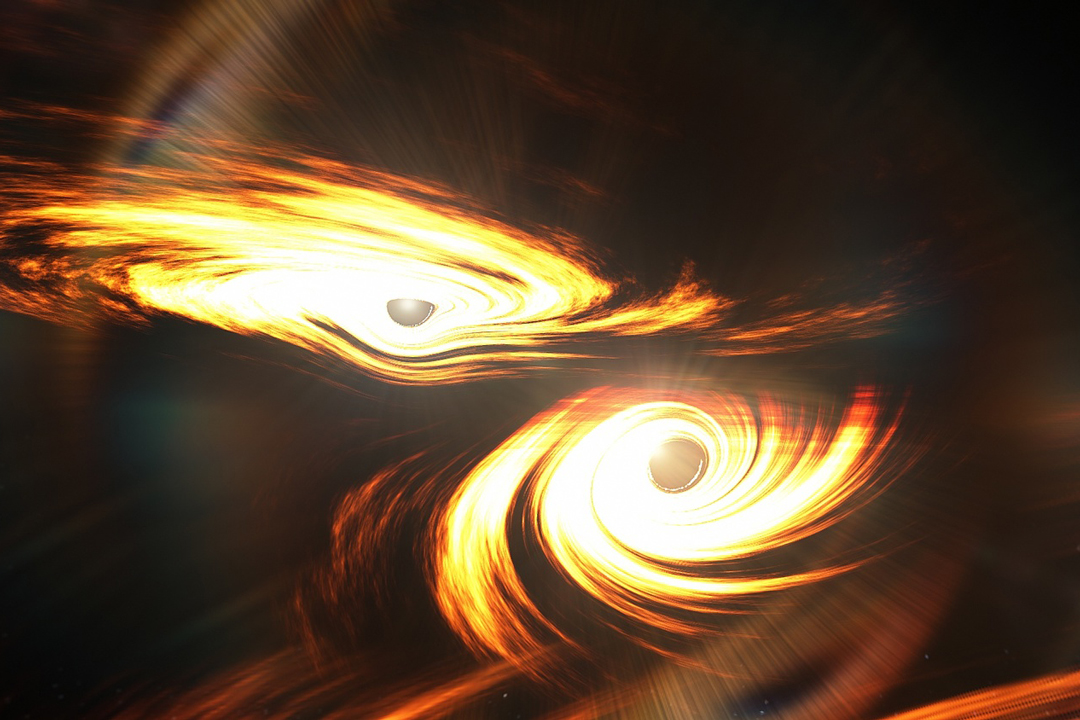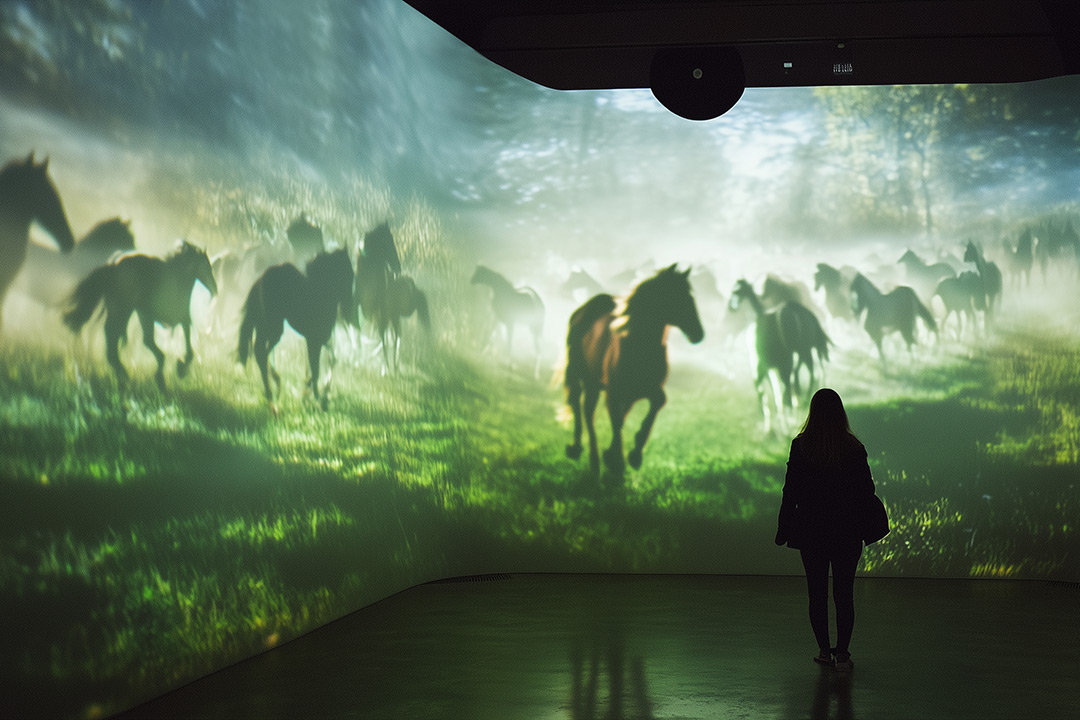Associate Professor Richard O’Shaughnessy and two alumni involved in paper on intermediate-mass black hole research

LIGO/Caltech/MIT/R. Hurt (IPAC)
This artist’s concept shows a hierarchical scheme for two smaller merging black holes.
New findings about intermediate-mass black holes could shed light on some of the universe’s more mysterious components.
In a recently published paper, a group of scientists have found new evidence of intermediate-mass black holes, or black holes with masses between 100 and 100,000 times the mass of the sun. While stellar-mass black holes and supermassive black holes are well studied, little is known about intermediate-mass black holes.
“These black holes are potentially clues to the fundamental understanding of how everything we see in the universe was ever made,” said Richard O’Shaughnessy, associate professor in the School of Mathematics and Statistics and co-author of the paper. “This could be a piece of a puzzle that helps us unlock multiple cosmic mysteries.”
By reanalyzing data from the Laser Interferometer Gravitational-Wave Observatory (LIGO) detectors and the Virgo detector, the team was able to discover the heaviest gravitational-wave events recorded in astronomy and report on properties of the previously elusive mid-sized black holes.
The paper was led by a team of scientists at Vanderbilt University, including RIT alumni Anjali Yelikar ’24 Ph.D. (astrophysical sciences and technology) and Jacob Lange ’20 Ph.D.(astrophysical sciences and technology), both who worked with O’Shaughnessy in the Center for Computational Relativity and Gravitation.
“Not only was this co-led by former RIT graduate students, but it was based on tools that we developed here at RIT,” said O’Shaughnessy.
This research was funded by the National Science Foundation (NSF) and has provided more understanding of how intermediate-mass black holes form and what their properties are, pushing frontiers forward in astronomy.
“This is only possible because of the NSF’s decades of investment in providing unique resources and insight,” said O’Shaughnessy. “We are very pleased to take part in this exciting era of discovery.”









